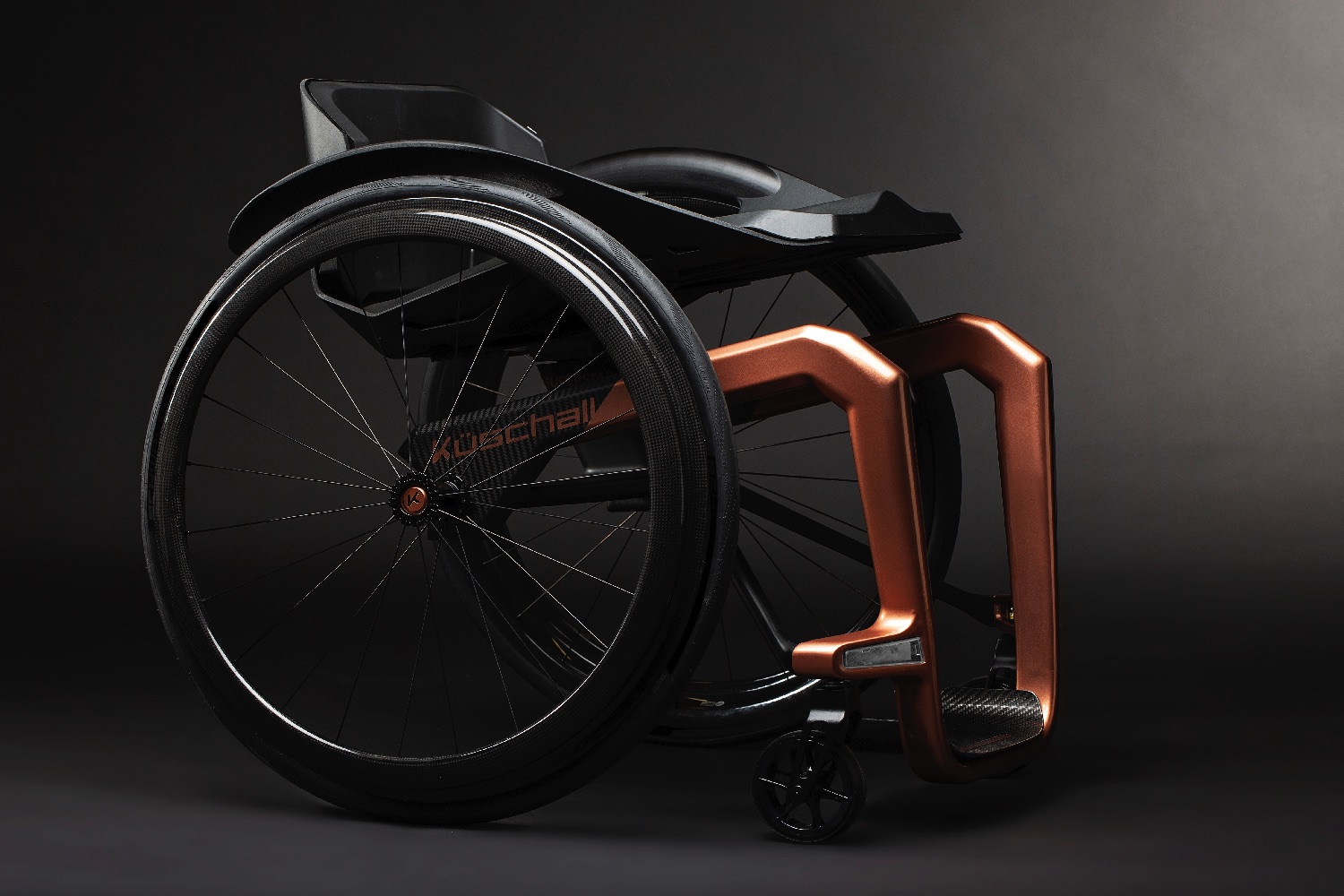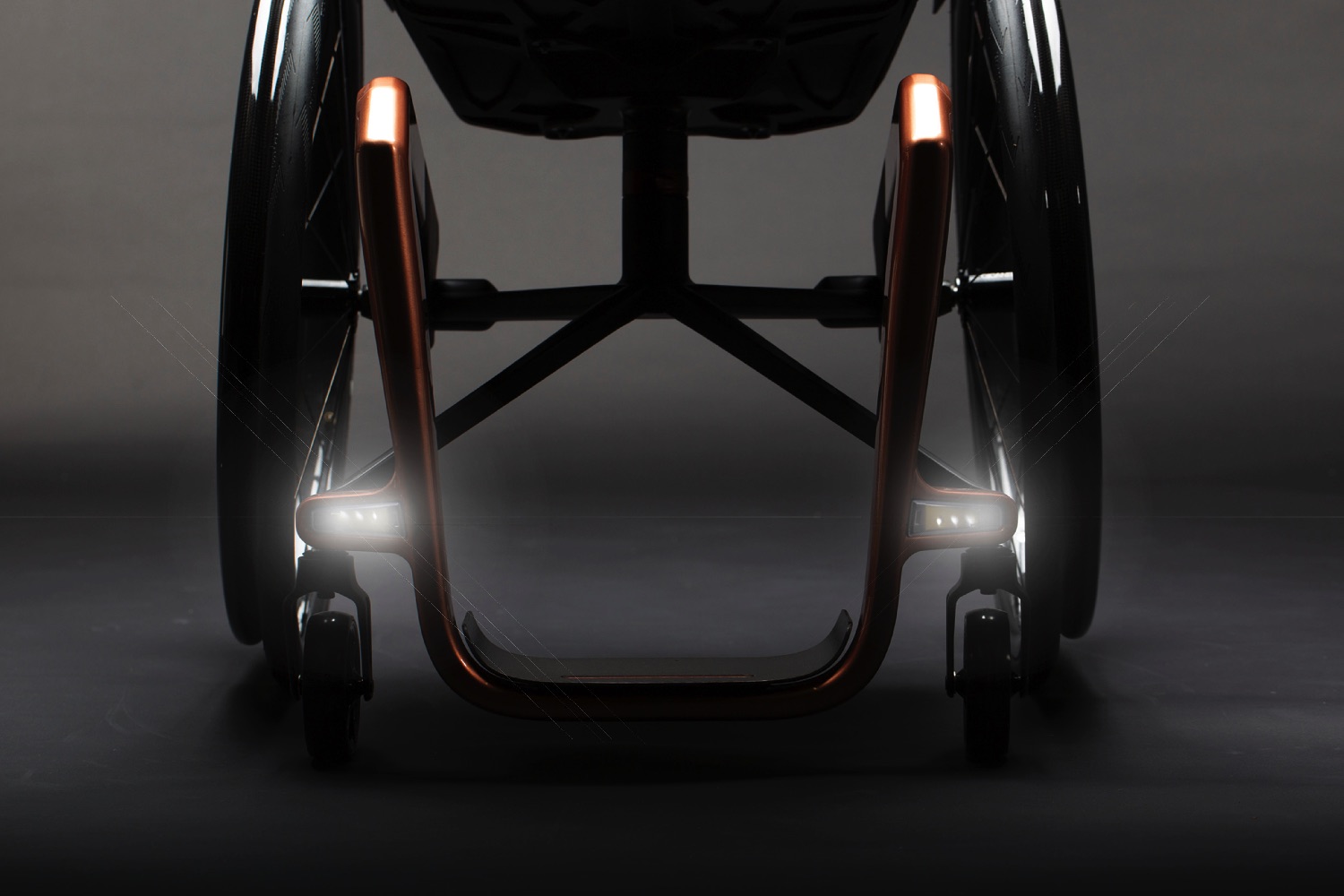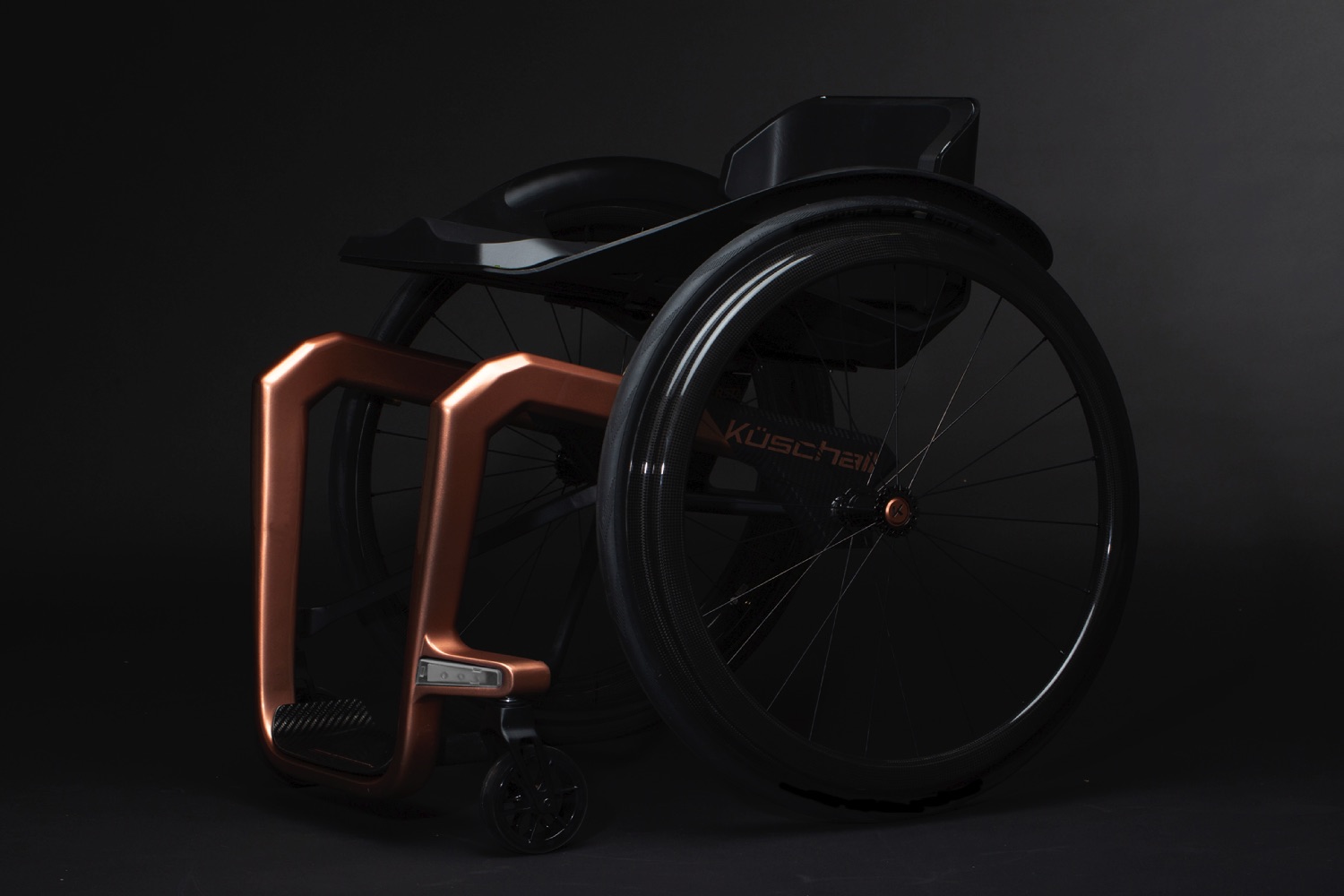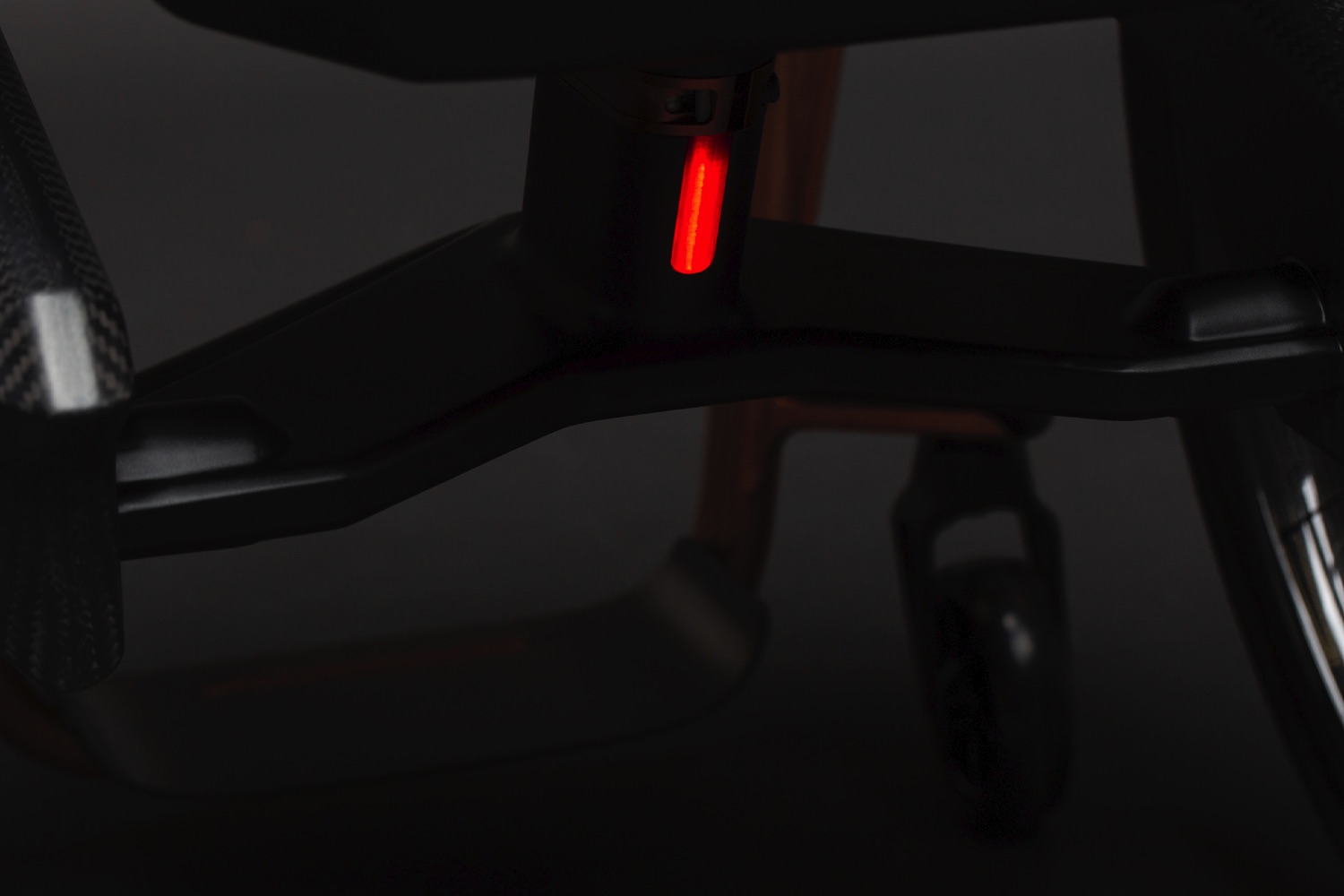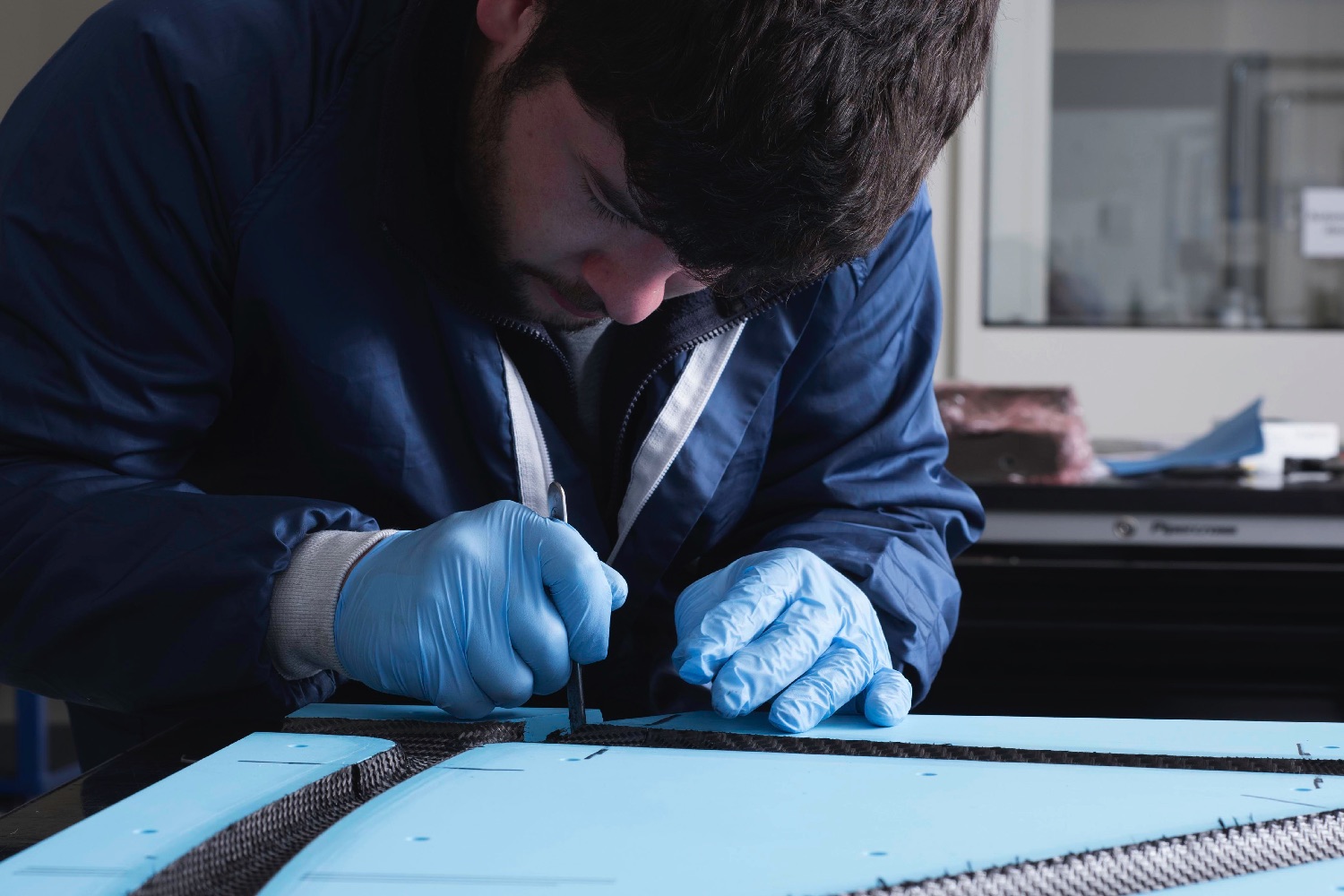The “Superstar” is a next-generation wheelchair which uses a futuristic material to create a frame that weighs just 3.3 pounds — making it a massive 30 percent lighter than classic carbon wheelchairs. That’s not all, though. Despite being substantially lighter than its rivals, the wheelchair is also an impressive 20 percent tougher than its compatriots.
How does it manage this? Simple (well, kind of!). The wheelchair utilizes graphene, a “wonder material” composed of a single layer of graphene that’s been used for everything from cutting edge medical research to creating super-tough, yet lightweight wings for experimental aircraft. Now some of that same magic is being transferred to the accessibility space, courtesy of the Superstar wheelchair.
“We are redefining the rules with innovation, by using aerospace materials and working in partnership with a Formula 1 manufacturer to secure the most unprecedented and ultimate driving performance available on the market today,” Küschall claimed in a press release.
It’s not just the use of ultralight, yet immensely tough, materials that make the Superstar a promising wheelchair, however. It also boasts an X-shape geometry intended to improve performance and agility, with “outstanding” vibration and absorption capacity, and one of the best weight-to-acceleration performances on the market. In addition, its creators suggest that its design will help minimize the risk of upper extremity injuries; something which can affect a massive 50 to 70 percent of wheelchair users after around a decade of using a wheelchair. To make the experience as smooth as possible, Küschall says that every Superstar wheelchair will be bespoke tailor-made to each customer.
All of this going to come with a price tag, of course. Digital Trends contacted the company, but it wasn’t willing to share details — including how much the wheelchairs will cost or when they might be made available. Will it live up to the space-age promise of graphene, or is a graphene wheelchair more of a hype-driven gimmick? We’ll have to wait and see.
One thing’s for sure: With innovative wheelchairs like this shapeshifting model that transitions from seated to standing positions, or this autonomous wheelchair created by robotics researchers, it’ll have its work cut out for it in the quest to the most futuristic, high tech wheelchair on the market.
